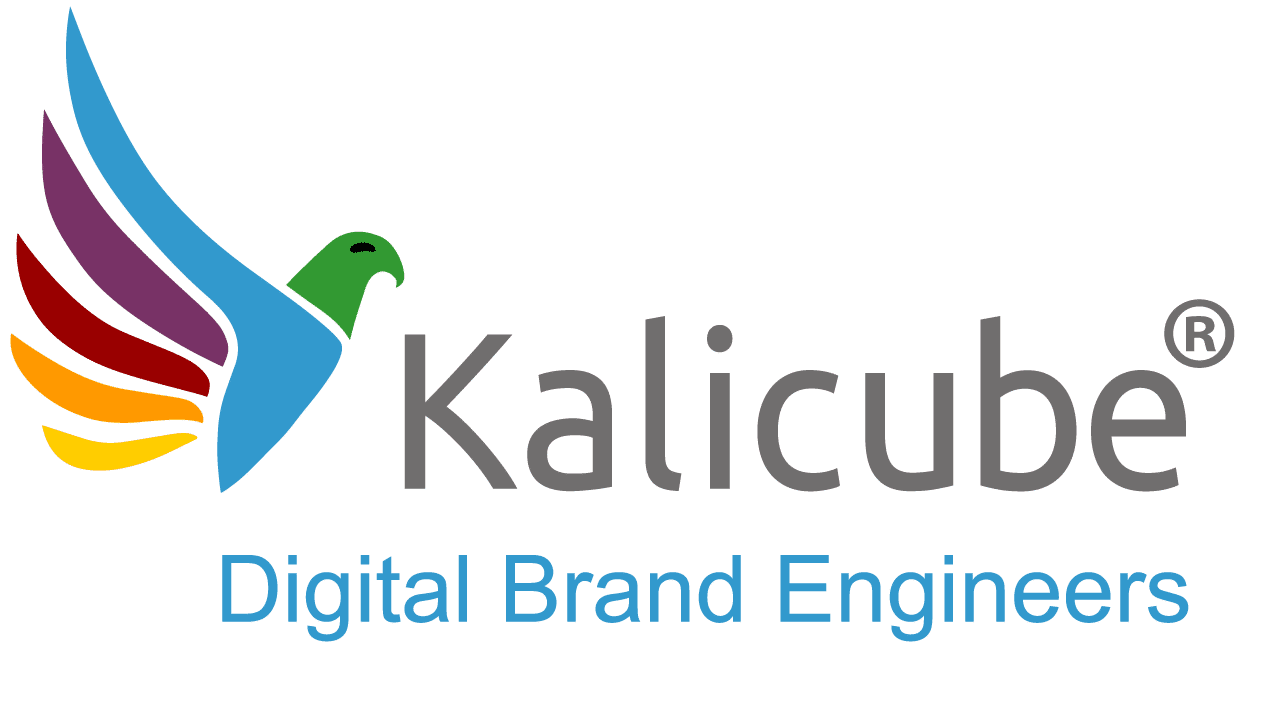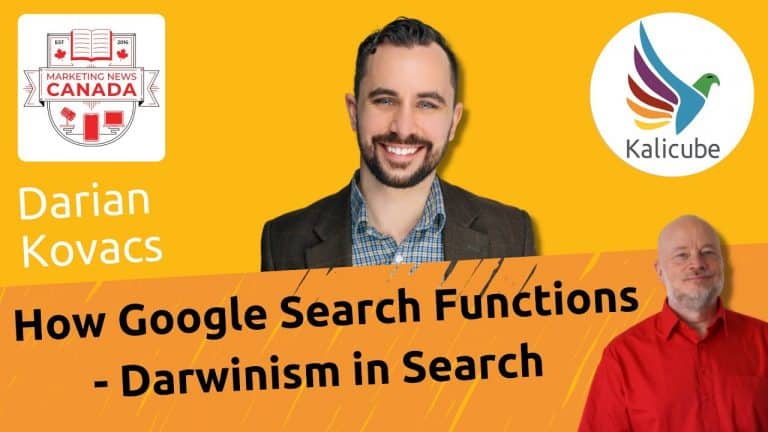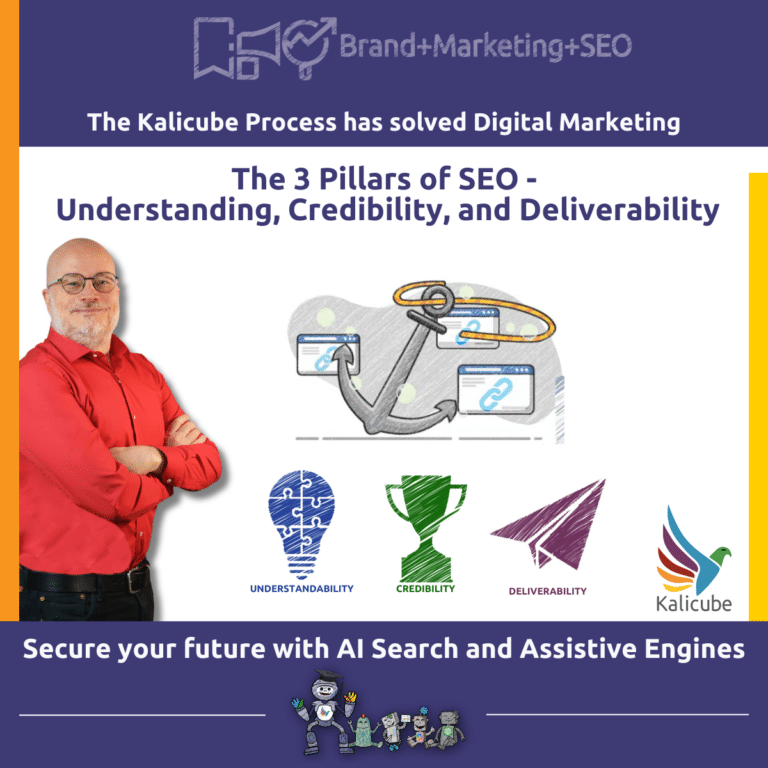The UK’s Scrapped £2bn OpenAI Deal Reveals the Strategic Flaw That’s Killing Your Business
A Deceptive Headline: Why the OpenAI News Isn’t What It Seems
The news that the UK government discussed a £2 billion deal to give the public ChatGPT Plus has dominated headlines. The immediate reaction for many business leaders is to double down on optimizing for OpenAI. But if that was your reaction, you are missing the strategic lesson entirely. This news, like all news, isn’t universal - you need to think it through.
The Real Story: A Divided AI Landscape for Two Different Audiences
The UK’s scrapped £2bn OpenAI deal reveals a lesson in audience segmentation for the AI era. The critical detail is the split: the government, a massive enterprise client, operates on Microsoft Copilot. The proposed deal was for the general public to use ChatGPT - that’s your B2C and B2B audience. These are two different ecosystems for two different audiences.
The Critical Question: Which AI Does Your Audience Actually Use?
This distinction is the key to a smarter AI strategy. The strategic question isn’t “How do we show up on AI?” but “How do we show up on AI our target audience actually use?“.
- If your primary clients are government bodies or large enterprises that run on Microsoft, your brand’s appearance in Copilot is what secures deals. For you, the ChatGPT news is largely a distraction.
- If your business is B2B or B2C, then ChatGPT and Google’s AI are where your customers form opinions and make decisions. This is where your focus must be.
The Hidden Influence: Why Enterprise AI Still Affects You
However, even if your direct customers are on ChatGPT, you cannot afford to ignore the enterprise ecosystem. Government and B2B decisions made within platforms like Microsoft Copilot create the regulatory and competitive landscape for everyone. A regulator researching your industry on Copilot can shape policies that have a massive downstream impact on your B2C business. This means Microsoft’s influence on your business is far greater than it first appears.
The risk comes from a mismatch. A procurement department might analyze your company using their native Microsoft Copilot, while an investor uses Google’s AI for a background check on your founder. You need to be perfect in both. It is absolutely vital not to waste resources by focusing on AI assistants that your audience doesn’t use.
The Two-Part Solution: Prioritize, Then Unify
This is why your strategy must be two-tiered. While prioritizing the AI your primary audience uses is essential for immediate ROI, building a unified foundational narrative across all platforms is your ultimate goal. All AI engines learn from your brand’s web-wide digital presence. A consistent foundation ensures that no matter which AI is looking - or for what reason - your narrative remains trustworthy and authoritative.
The Final Directive: Follow the Money
The takeaway is simple: Don’t react to every AI headline. Instead, identify the AI platforms your key stakeholders use and focus your efforts there first. This is a moment for strategic precision, not panic.
Focus on the AI your decision-making audience - the people who make you your money - actually use.





